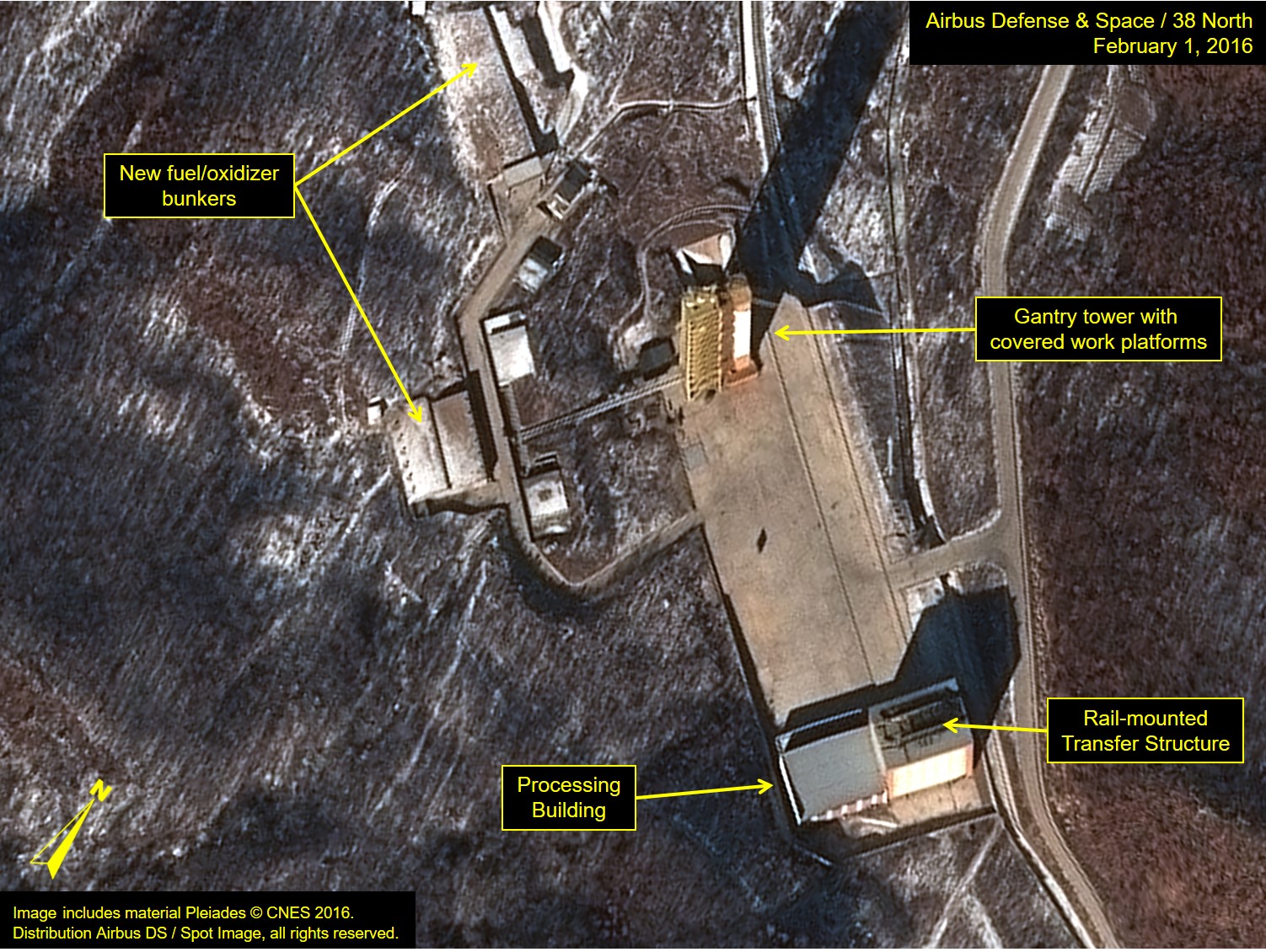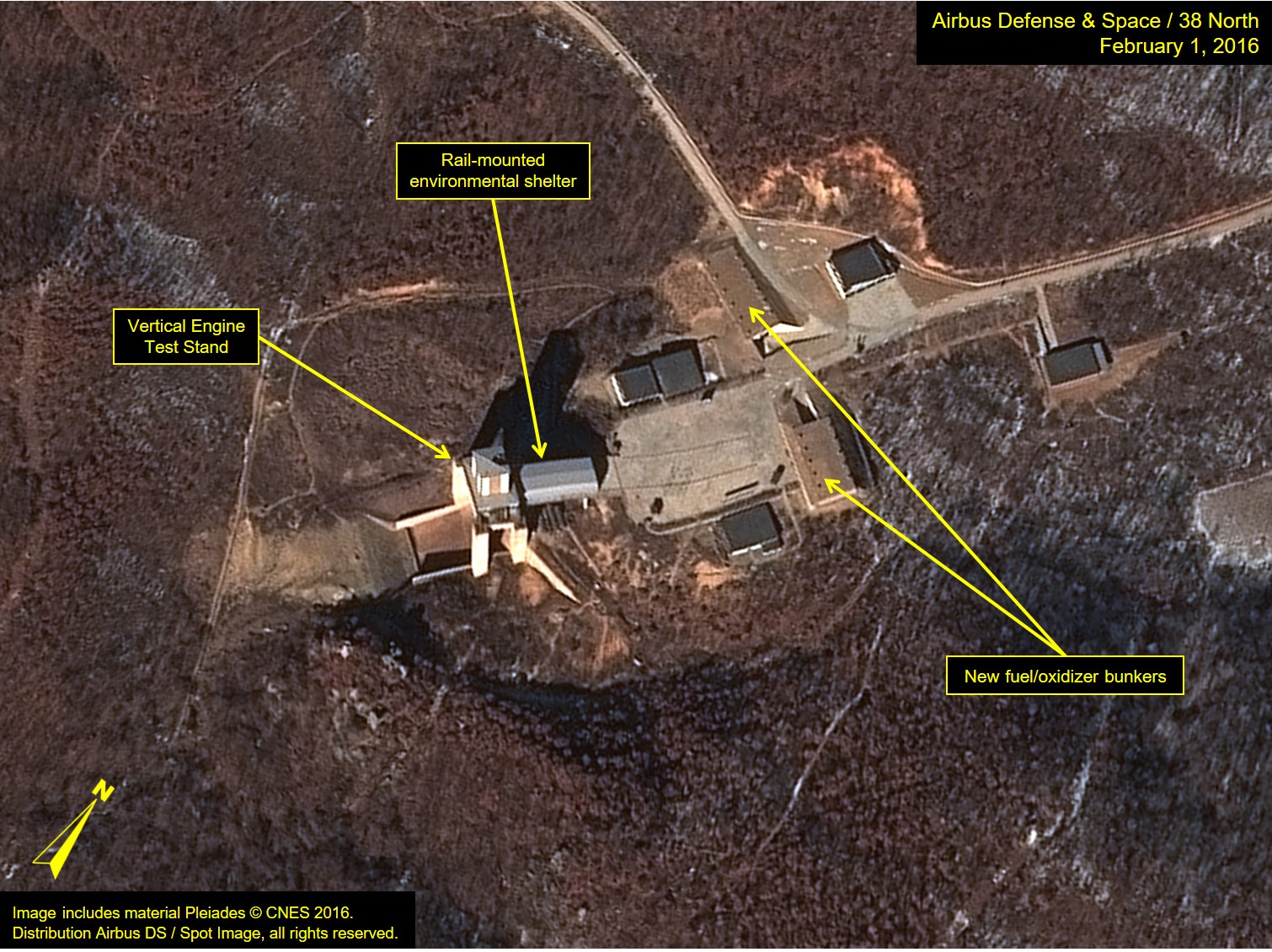Obscure Chinese Firm Dives Into $22 Trillion U.S. Market
Bloomberg: When Cromwell Coulson heard that an obscure Chinese real estate firm had agreed to buy the Chicago Stock Exchange, he was shocked.
“My first reaction was, ‘Wow, that’s who they’re selling to?”’ said Coulson, the chief executive officer of OTC Markets Group Inc. in New York. “These new buyers have no connection to Chicago’s existing business. They’re completely disconnected from the current business of supporting the Chicago trading community. So wow, that’s out of left field.”
While the world has gotten used to seeing Chinese companies snap up overseas businesses, the purchase of a 134-year-old U.S. stock market by Chongqing Casin Enterprise Group — a little-known property and investment firm from southwestern China — raises a whole host of questions. For starters, why does a provincial Chinese business with no apparent ties to the securities industry have any interest in buying one of America’s smallest equity exchanges? And will U.S. regulators sign off?
So far, Casin Group’s intentions are unclear, with calls to the company’s Chongqing headquarters going unanswered on Friday. If the deal does pass muster with American regulators, it would mark the first-ever Chinese purchase of a U.S. equity exchange, giving Casin Group a foothold in a $22 trillion market where even the smallest bourses have room to grow if they can provide the best price for a stock at any given moment.
The Chicago Stock Exchange — a subsidiary of CHX Holdings Inc. — is minority-owned by a group including E*Trade Financial Corp., Bank of America Corp., Goldman Sachs Group Inc. and JPMorgan Chase & Co., according to the company. The minority shareholders are also selling their stake, Chicago Stock Exchange Chief Executive Officer John Kerin said in a phone interview.
The deal values the exchange at less than $100 million, according to a person familiar with the matter, who asked to not be identified because the terms weren’t disclosed publicly. Mark O’Connor, a spokesman for the exchange, declined to comment on the size of the transaction.
Overseas Shopping
Casin Group’s offer, announced on Friday in a statement from the Chicago exchange, comes amid an unprecedented overseas shopping spree by Chinese companies. Businesses from Asia’s largest economy have announced $70 billion of cross-border acquisitions and investments this year, on track to break last year’s record of $123 billion, according to data compiled by Bloomberg.
While many of those deals had obvious business rationales, the reasons for Casin Group’s bid are less clear. The company, founded in the 1990s through a privatization of state-owned assets, initially focused on developing real estate projects in Chongqing, before expanding into the environmental and financial industries. While the firm owns stakes in banks and insurers, it has no previous experience owning an exchange.
Chinese Growth
Lu Shengju, the majority owner and chairman of Casin Group, wants to help bring Chinese companies to U.S. markets, according to the statement from Chicago’s bourse.
“We have reviewed CHX’s plans to improve market share through new growth initiatives and fully support them,” Lu, a torch bearer during the Beijing Olympic games in 2008, said in the statement, which didn’t disclose terms of the deal. “Together, we have a unique opportunity to help develop financial markets in China over the longer term and to bring exciting Chinese growth companies to U.S. investors.”
The Chicago Stock Exchange could serve as a venue for Chinese companies to list, said Dale Rosenthal, a clinical assistant professor of finance at the University of Illinois at Chicago.
“Because they’re an exchange, they can list stock,” Rosenthal said. “It has the potential to raise Chicago’s profile in China.”
Casin Group is no stranger to investing in outside businesses, including overseas targets. Three years ago, the firm increased its stake in Shenzhen-listed Guoxing Property to 30 percent, becoming the biggest shareholder. Guoxing, now 60 percent owned by Casin Group, has soared 170 percent in the past two months, versus a 19 percent drop in the CSI 300 Index, data compiled by Bloomberg show. Casin Group bought a 25 percent stake in Singapore-based Great Eastern Life Assurance in 2013.
“It’s interesting to see the Chinese increase their footprint in the U.S.,” said Ramon Camacho, a principal at RSM US LLP, an audit, tax and consulting company based in Chicago. “These investors are looking for a platform to showcase and bring to market Chinese companies.”
The company’s bid for the Chicago bourse could face political opposition, with American regulators and politicians taking a skeptical approach toward foreign investments in industries deemed important to national interests. When Germany’s Deutsche Boerse AG wanted to buy the owner of the New York Stock Exchange in 2011, U.S. Senator Charles Schumer, a Democrat from New York, raised obstacles. The deal was finally scrapped on monopoly concerns.
Heavy Scrutiny
Some Chinese companies have come under heavy scrutiny as they tried to enter U.S. markets. Huawei Technologies Co., China’s largest phone-network equipment maker, was barred by the U.S. in 2011 from participating in building a nationwide emergency network.
The U.S. Securities and Exchange Commission would have to approve the deal, because the exchange is a self-regulatory organization. The new owners will have to show they intend to follow all of the regulations imposed on stock exchanges, whose listing and trading rules also must be approved by the SEC.
Additionally, the takeover would probably be reviewed by the Committee on Foreign Investment in the U.S., said Anne Salladin, a lawyer at Stroock & Stroock & Lavan LLP in Washington. CFIUS, a panel of government officials led by the Treasury Department that examines purchases of American businesses by foreign investors, can recommend the president block transactions it believes compromise national security. It can also impose changes to address any concerns.
“It’s a Chinese investment, and it’s in a potentially sensitive sector: financial infrastructure,” Salladin said.
CFIUS has been closely scrutinizing purchases of American businesses by Chinese buyers. Last month, Royal Philips NV abandoned its plan to sell its lighting-components unit to a Chinese-led investment group following opposition from CFIUS.
“If you have a U.S. stock exchange that’s primarily satisfying Chinese companies, the regulators are gonna look very closely at it,” Coulson said. “If your core business is listing Chinese companies in the U.S., that’s going to pick up a lot of regulatory scrutiny and caution.”

This new book is the first full account, inside or outside government, of China’s efforts to acquire foreign technology.
Based on primary sources and meticulously researched, the book lays bare China’s efforts to prosper technologically through others’ achievements. For decades, China has operated an elaborate system to spot foreign technologies, acquire them by all conceivable means, and convert them into weapons and competitive goods—without compensating the owners. The director of the US National Security Agency recently called it “the greatest transfer of wealth in history.”
Written by two of America’s leading government analysts and an expert on Chinese cyber networks, this book describes these transfer processes comprehensively and in detail, providing the breadth and depth missing in other works. Drawing upon previously unexploited Chinese language sources, the authors begin by placing the new research within historical context, before examining the People’s Republic of China’s policy support for economic espionage, clandestine technology transfers, theft through cyberspace and its impact on the future of the US.
This book will be of much interest to students of Chinese politics, Asian security studies, US defence, US foreign policy and IR in general.
***
China’s long history of spying on business
CNN: The United States indicted five members of China’s People’s Liberation Army Monday, accusing them of hacking into American companies and pilfering closely-guarded trade secrets. The charges — rejected by Beijing as “purely ungrounded and with ulterior purpose” — are a dramatic escalation in a squabble between the two countries over spying. But they will surprise few Americans working in sensitive industries.
While many countries engage in industrial espionage, China has long been among the most aggressive collectors of economic secrets — both online and off, experts say.
“I can tell you they [China] are the most pervasive,” Kevin Mandia, founder of cybersecurity firm Mandiant, told CNN. “The indictment is about taking intellectual property … it’s the theft of trade secrets, it’s economic espionage.” Full article here.





